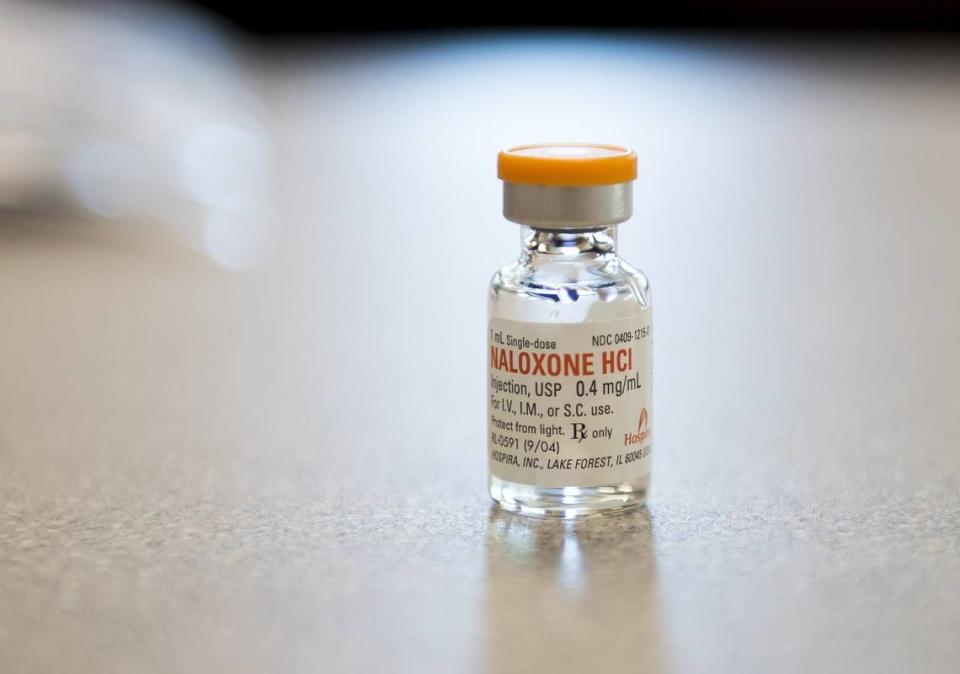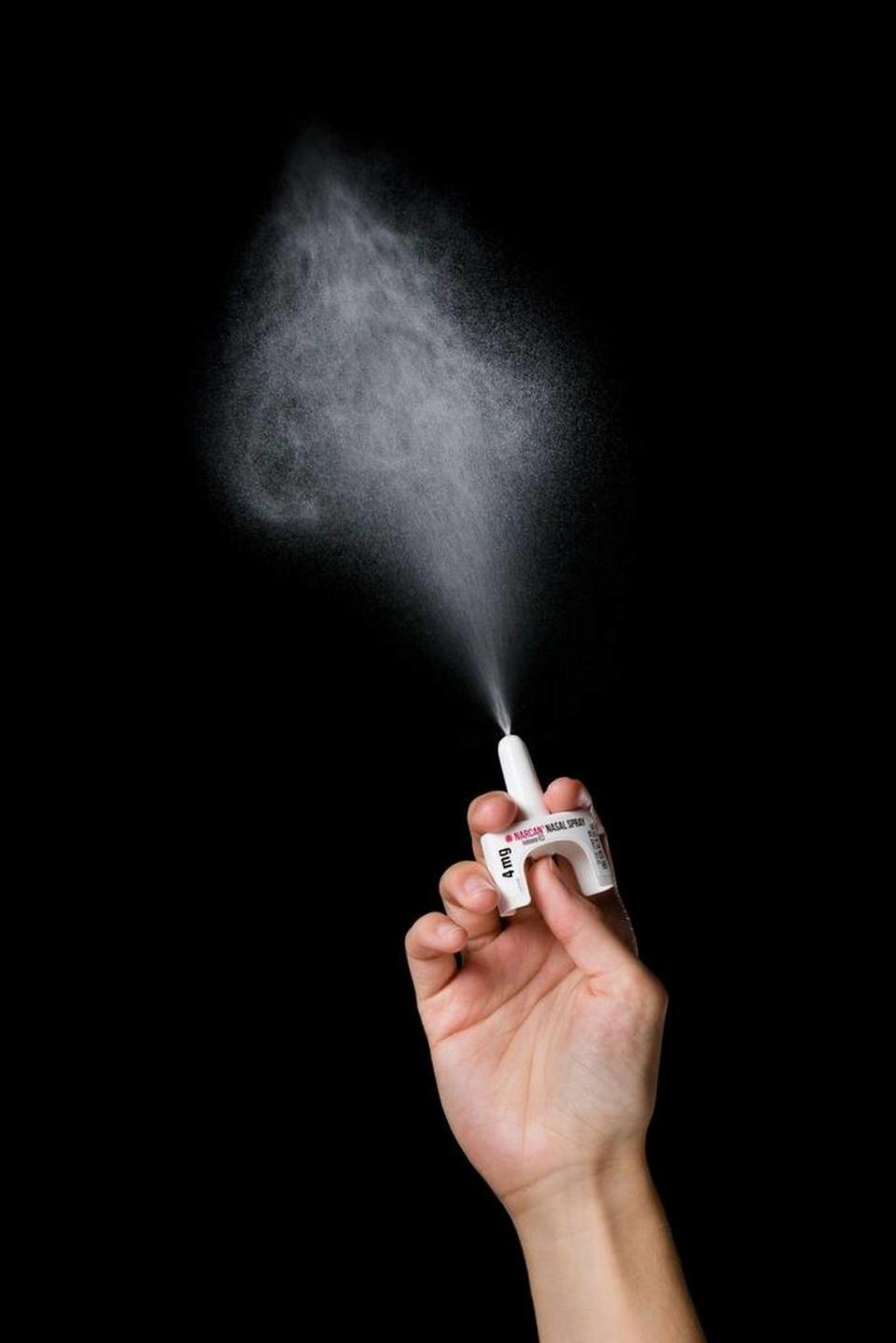What is Narcan? About the anti-opioid overdose drug, where to buy and administer it
Drug-related fatalities are occurring all around us, in Washington jails and to children. Just this week, several people in the Puget Sound area were victims of fentanyl overdoses, including an inmate in Thurston County jail and an 18-month-old toddler. Fentanyl is suspected as the cause of a number of other recent deaths in the area.
In fact, the rate of overdose deaths skyrocketed nationwide during the global pandemic. According to the National Institute on Drug Abuse, drug overdoses have steadily climbed in the U.S. since the early 2000s, but it wasn’t until 2020 that cases skyrocketed.
In Washington state, opioids are the leading cause in drug overdoses, which have only risen in the past few years, according to statewide data from the University of Washington. Data from the university shows that statewide death rates for all opioids nearly doubled from 2019 to 2021, but they more than tripled for synthetic opioids.
The leading cause in overdose deaths involve synthetic opioids, such as fentanyl, which is 50 times as strong as heroin and 100 times more potent than morphine, according to the Centers for Disease Control and Prevention. For the past 20 years, the death rate for opioid overdoses has been higher than those for methamphetamine and cocaine combined.
This begs the question: how can more people be saved? One medication is specifically designed to counter opioid-related overdoses: naloxone.
What is Narcan?
Narcan is the brand name for naloxone, an FDA-approved medication that binds the opioid receptors and reverses the effects of an opioid overdose, according to the Substance Abuse and Mental Health Services Administration. The medication is temporary, so individuals who take Narcan in an emergency should quickly seek medical attention.
Narcan is effective at countering overdoses from the following drugs:
Heroin
Morphine
Oxycodone
It is not effective at countering these drugs:
Benzodiazepines
Cocaine
Amphetamines

Ways to administer naloxone
The medication can be administered a few ways and forms, including:
Intranasal spray into the nose
Intramuscular into the muscle
Under the skin
Injected into the veins
Who should take naloxone?
SAMHSA says that people who qualify to take naloxone are those who:
Take prescribed opioids for chronic pain over a long period of time
Have been discharged for medical care pertaining to opioid poisoning
Receive rotating opioid medication
Of course, those who are experiencing an opioid crisis should be administered Narcan. The signs of overdose include:
A person doesn’t respond to touch or voice
Abnormal breathing, slow breathing or no breathing at all
Pin-point sized pupils
Bluish lips and nose
Loss of consciousness
Slow or erratic pulse
Vomiting
Choking or gurgling
Pregnant women can take naloxone safely in limited doses, too.
Where to get naloxone
In Washington state, pharmacies can provide patients with naloxone without a prescription, according to stopoverdose.org. Many other places around the state provide the drug. You can find a location near you on the Washington State Naloxone Finder.
Alternatively, you can order naloxone from the stopoverdose.org to be delivered by mail. Another organization, the People’s Harm Reduction Alliance, will also send Washington state residents Narcan kits.
If you go to a pharmacist, you should bring a copy of the statewide standing order from the department of health. The order says that pharmacies and other entities can dispense naloxone medication in the form of a intramuscular injection or nasal spray naloxone to eligible people upon request. Eligible people include those at risk of experiencing opioid-related overdoses. Entities who aid others experiencing overdoses are also eligible. You can bring a paper copy or pull up the digital document on your phone.

Under Washington state law, any person or “entity” can obtain, possess and administer naloxone, according to the state’s department of health.
In fact, University of Washington’s Addictions, Drugs and Alcohol Institute advises state residents to have Narcan on hand as a standard part of a first-aid kit. Residents can get it free in the mail by making a request.
Narcan side effects
When someone with opioid addiction takes naloxone, they many experience symptoms of withdrawal like:
Restlessness or irritability
Body aches
Dizziness or weakness
Diarrhea or nausea
Fever or chills
Runny nose
Storing the medication
Patients should never take Narcan if it expires or if its temperature goes below or above 39 and 104 degrees, respectively. According to the Mayo Clinic, people should keep the medicine in a closed container at room temperature, away from heat, moisture, direct light and in a place that will keep it from freezing. Also be sure to store it out of reach from children.

